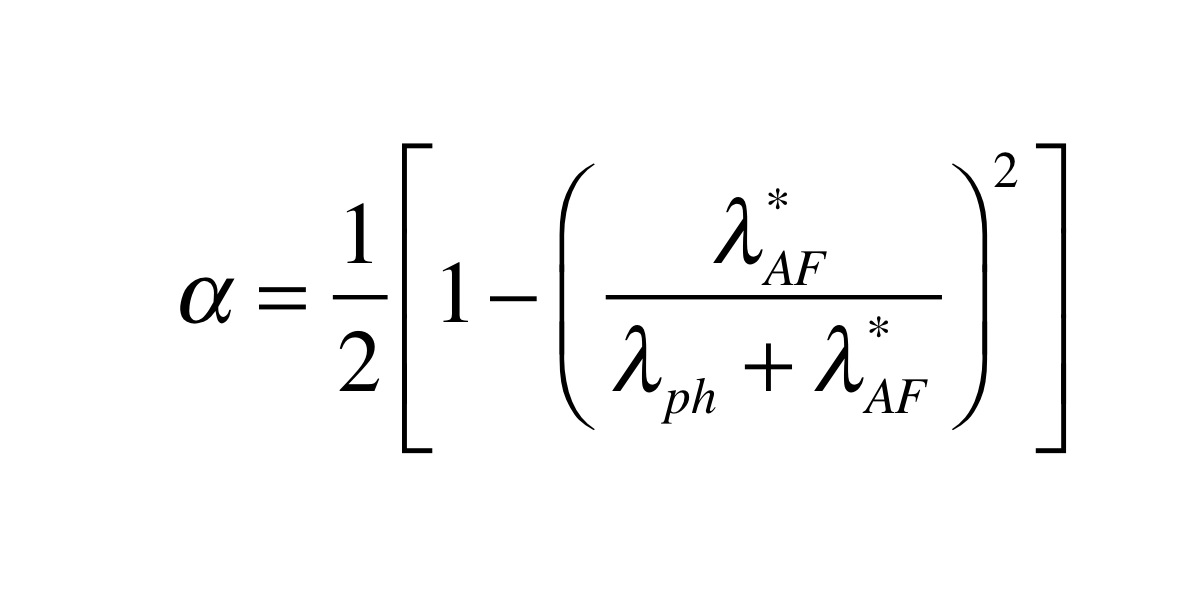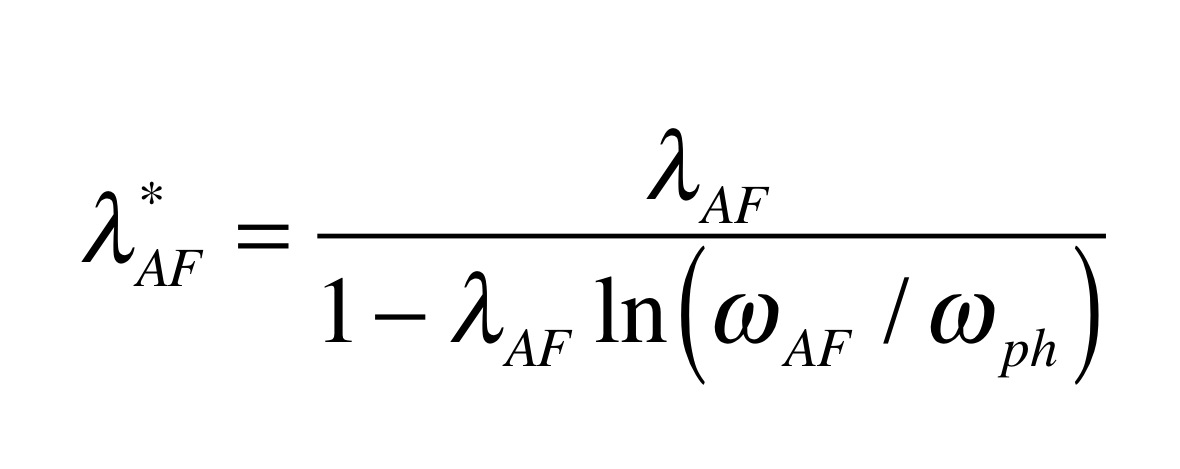The iron-based high-temperature superconductors have attracted extensive researches since the discovery of the
oxypnictide LaFeAsO1-xFx.
The isotope effect gives a key issue in understanding the symmetry and mechanism of superconductivity.
Recently, the inverse isotope effect
α ∼ -0.18
has been found for
(Ba,K)Fe2As2
superconductor with a transition temperature Tc ∼ 38K [1], where the isotope exponent &alpha is
defined as
Tc ∼ M-α
for the isotropic mass M. This surprising observation of the inverse isotope effect provides us
important information for the pairing mechanism.
The negative &alpha suggests that there is a competition between the electron-phonon interaction and the
other interaction.
We have investigated the isotope effect by using the multi-band model of Fe pnictides.
We have shown that the origin of superconductivity mainly lies in the interband attractive
interaction on the basis of the multi-band model [2]. Let us assume that we have two channels for the Cooper-pair
interaction, denoted as V1(k,k') and V2(k,k'), and at least one channel is attractive.
In iron-based superconductors, two interactions act as the origin of electron pairings.
As a result, the negative &alpha occurs, from the competition between two interactions.
We have investigated the isotope effect by using the multi-band model of Fe pnictides.
We have shown that the origin of superconductivity mainly lies in the interband attractive
interaction on the basis of the multi-band model [2]. Let us assume that we have two channels for the Cooper-pair
interaction, denoted as V1(k,k') and V2(k,k'), and at least one channel is attractive.
In iron-based superconductors, two interactions act as the origin of electron pairings.
As a result, the negative &alpha occurs, from the competition between two interactions.
&alpha is given as
 , ,
where λAF* is the antiferromagnetic coupling constant that includes the
retardation effect:
 . .
References
[1] P.M. Shirage et al.: Phys. Rev. Lett. 103 (2009) 257003.
[2] T. Yanagisawa et al.: J. Phys. Soc. Jpn. 78 (2009) 094718.
[3] H. Y. Choi et al.: Phys. Rev. B80 (2009) 052505.
| |

